TWO OWNERS FROM NEW 1932 STUTZ DV32 VERTICAL EIGHT FOUR-DOOR SPORT SEDAN COACHWORK BY ARMBRUSTER Chassis No. DVPC1466 Engine No. DV33179 Blue and cream with natural tan leather interior Engine: staight-eight, twin overhead camshafts, four valves per cylinder, 322 cu. in., 156bhp at 3,900rpm; Gearbox: four-speed manual; Suspension: beam axle to front, live axle to rear, half elliptic leaf springs all round; Brakes: vacuum servo-assisted, hydraulically operated drum on all wheels. Left hand drive. The Stutz Vertical Eight was the product of Frederick Moskovics' conviction that it was time for a new type of luxury car, an automobile bringing together the best attributes of the traditional American quality car with those of thoroughbred European machines. The vertical eight made its debut at the 1928 New York Salon and was a show-stopper. Its advanced overhead camshaft straight eight engine was installed in a double drop chassis of unusual rigidity and low center of gravity, helped by a worm-drive rear axle. On such a chassis even quite conventional sedan and phaeton bodies looked very sleek, enabling Moskovics to develop his theme that it was possible to provide a chassis powerful and stable enough to give sports car performance even to sedans. As the boom years of the 1920s gave way to the harder times of the 1930s, the Stutz remained essentially unchanged but greatly improved in detail. There was racing and record breaking across the USA, as well as at the Le Mans Grand Prix d'Endurance, where a Stutz finished second in 1928. Faced with ever fiercer competition in a dwindling luxury car market, Stutz unveiled the superlative DV32 in 1931. Typically the company would not compromise the integrity of Moskovics' original concept. There was to be no new V-12; engine and chassis remained as before, but now there were twin overhead camshafts with four inclined valves for each cylinder. The results were startling: power leapt from 113bhp to 156bhp, while the torque went to a lusty 300 lb/ft. Fully equipped, a Stutz sedan was capable of 80mph - the more sporting open versions capable of 105mph. The coachwork of this car was built in Austria by the famous Viennese firm Armbruster, founded by Sebastian Armbruster in 1870. Their work was of the highest reputation on chassis of the leading European luxury marks. This coachwork may well have been one of their last efforts, (for they were in difficulties in the early 1930s and closed finally in 1934). It was built to the order of an American resident in Switzerland and Italy who had the chassis shipped from the factory to Europe. He had been much taken by another dual toned Armbruster body and arranged for the coachbuilder to recreate the striking color scheme on an exceptionally elaborate and well equipped body for the Stutz. The sunroof was designed to go down into a space behind the back seat cushions and the rear body panel and is a feature of particular interest. Clearly built with long-distance Continental touring in mind, the car has both a built-in trunk and a luggage rack, there is an unusual period window defroster and trafficators are also fitted. When war came in 1939 the Stutz was put into safe keeping in Vevey, Switzerland, a special heated box being made to ensure its well-being. In approximately 1960 the original owner moved to South Carolina and approached Mr. Pettit at the museum to tell him of the car. Since Pettit purchased the car, it has not been run. This one-off DV32 represents an increasingly rare opportunity to obtain an entirely original, carefully maintained Stutz of unusual character that has never been the subject of restoration. WITHOUT RESERVE
TWO OWNERS FROM NEW 1932 STUTZ DV32 VERTICAL EIGHT FOUR-DOOR SPORT SEDAN COACHWORK BY ARMBRUSTER Chassis No. DVPC1466 Engine No. DV33179 Blue and cream with natural tan leather interior Engine: staight-eight, twin overhead camshafts, four valves per cylinder, 322 cu. in., 156bhp at 3,900rpm; Gearbox: four-speed manual; Suspension: beam axle to front, live axle to rear, half elliptic leaf springs all round; Brakes: vacuum servo-assisted, hydraulically operated drum on all wheels. Left hand drive. The Stutz Vertical Eight was the product of Frederick Moskovics' conviction that it was time for a new type of luxury car, an automobile bringing together the best attributes of the traditional American quality car with those of thoroughbred European machines. The vertical eight made its debut at the 1928 New York Salon and was a show-stopper. Its advanced overhead camshaft straight eight engine was installed in a double drop chassis of unusual rigidity and low center of gravity, helped by a worm-drive rear axle. On such a chassis even quite conventional sedan and phaeton bodies looked very sleek, enabling Moskovics to develop his theme that it was possible to provide a chassis powerful and stable enough to give sports car performance even to sedans. As the boom years of the 1920s gave way to the harder times of the 1930s, the Stutz remained essentially unchanged but greatly improved in detail. There was racing and record breaking across the USA, as well as at the Le Mans Grand Prix d'Endurance, where a Stutz finished second in 1928. Faced with ever fiercer competition in a dwindling luxury car market, Stutz unveiled the superlative DV32 in 1931. Typically the company would not compromise the integrity of Moskovics' original concept. There was to be no new V-12; engine and chassis remained as before, but now there were twin overhead camshafts with four inclined valves for each cylinder. The results were startling: power leapt from 113bhp to 156bhp, while the torque went to a lusty 300 lb/ft. Fully equipped, a Stutz sedan was capable of 80mph - the more sporting open versions capable of 105mph. The coachwork of this car was built in Austria by the famous Viennese firm Armbruster, founded by Sebastian Armbruster in 1870. Their work was of the highest reputation on chassis of the leading European luxury marks. This coachwork may well have been one of their last efforts, (for they were in difficulties in the early 1930s and closed finally in 1934). It was built to the order of an American resident in Switzerland and Italy who had the chassis shipped from the factory to Europe. He had been much taken by another dual toned Armbruster body and arranged for the coachbuilder to recreate the striking color scheme on an exceptionally elaborate and well equipped body for the Stutz. The sunroof was designed to go down into a space behind the back seat cushions and the rear body panel and is a feature of particular interest. Clearly built with long-distance Continental touring in mind, the car has both a built-in trunk and a luggage rack, there is an unusual period window defroster and trafficators are also fitted. When war came in 1939 the Stutz was put into safe keeping in Vevey, Switzerland, a special heated box being made to ensure its well-being. In approximately 1960 the original owner moved to South Carolina and approached Mr. Pettit at the museum to tell him of the car. Since Pettit purchased the car, it has not been run. This one-off DV32 represents an increasingly rare opportunity to obtain an entirely original, carefully maintained Stutz of unusual character that has never been the subject of restoration. WITHOUT RESERVE

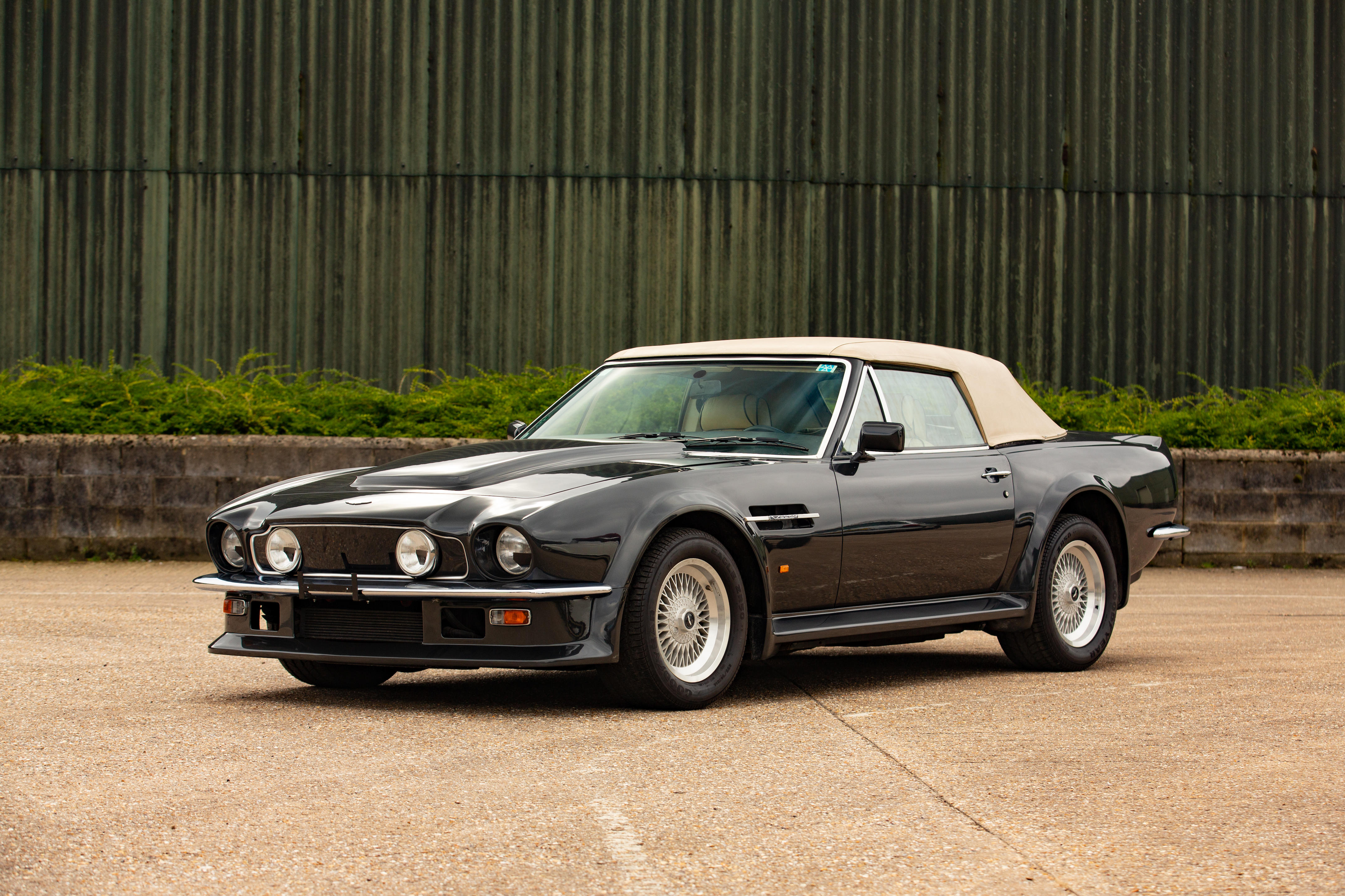


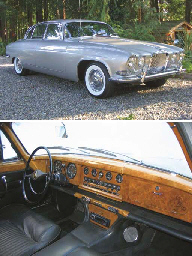
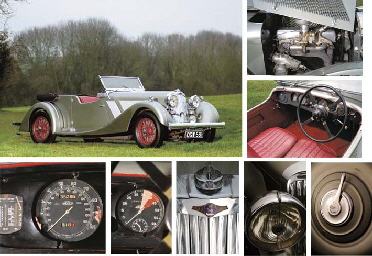



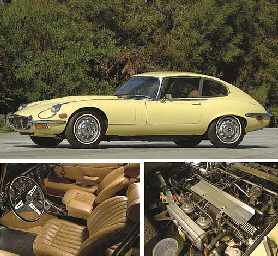

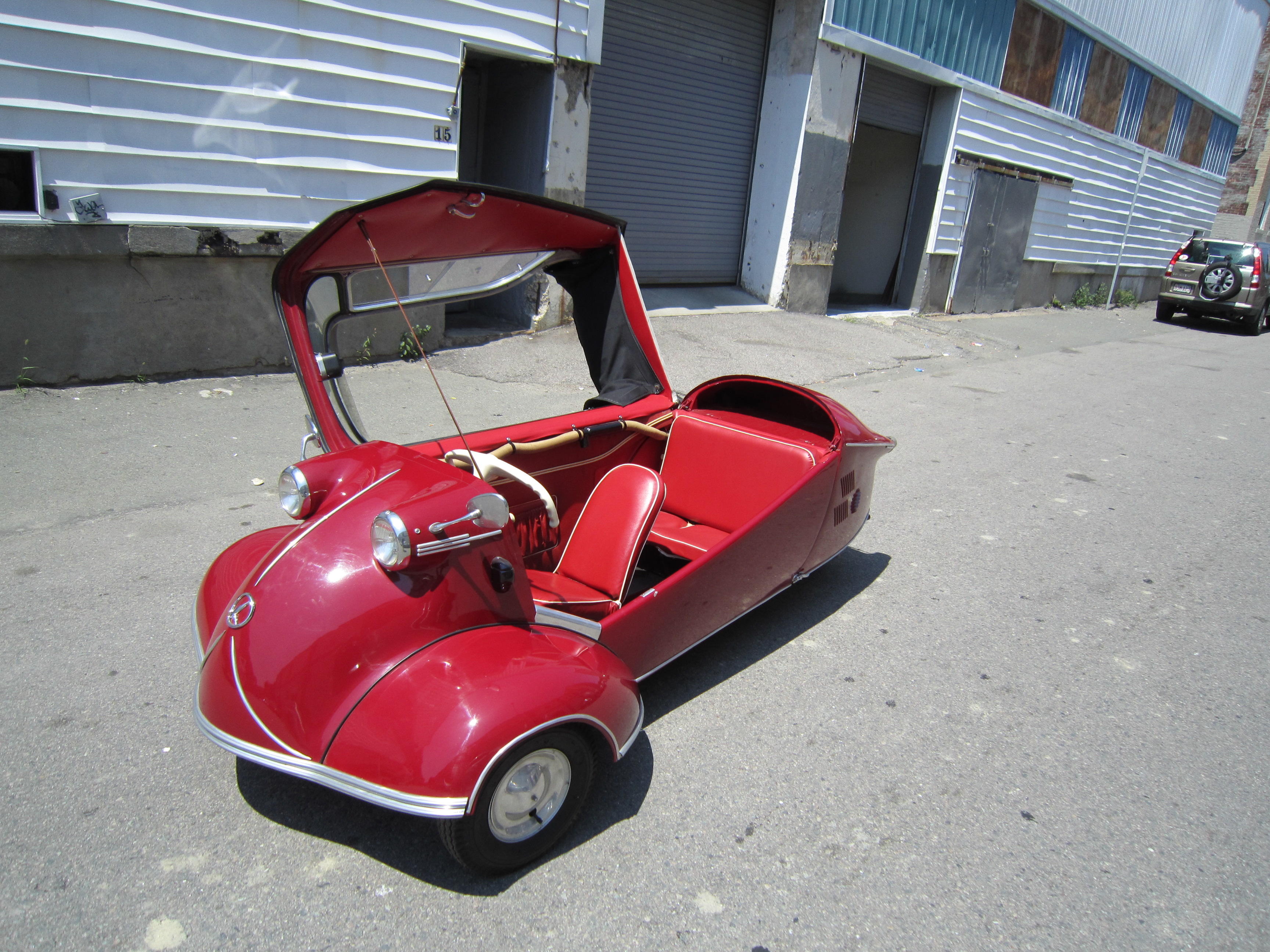

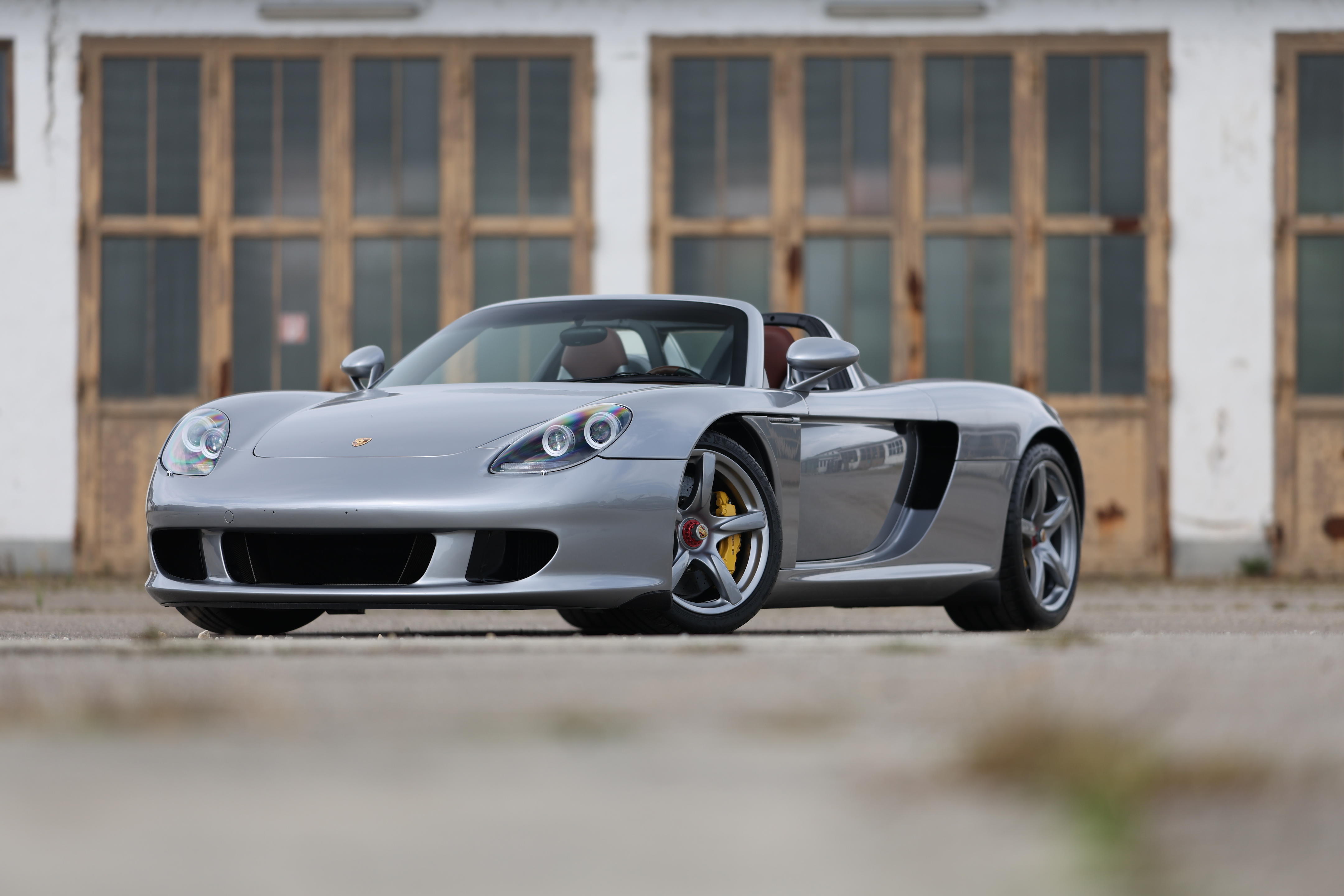
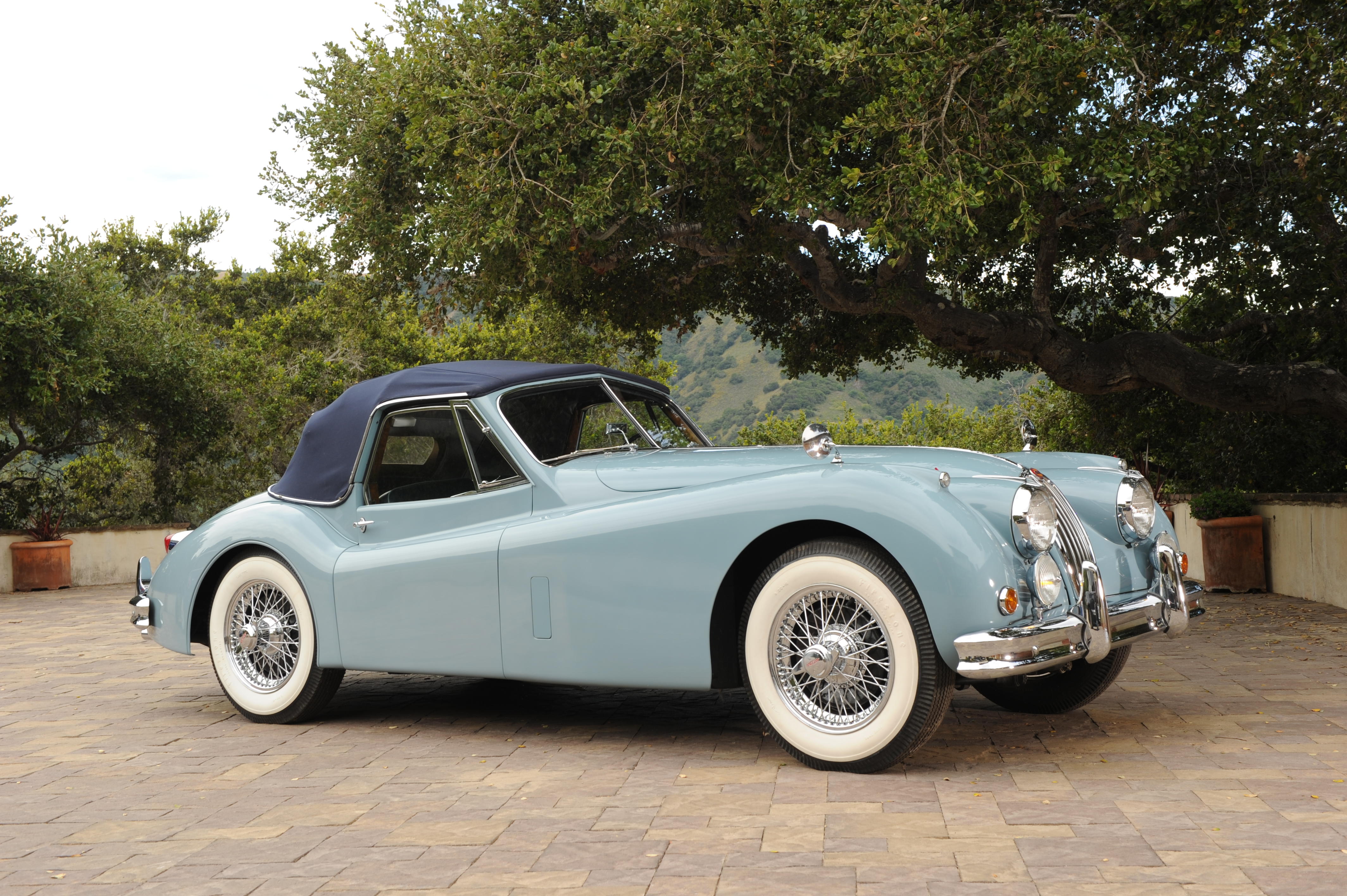
Try LotSearch and its premium features for 7 days - without any costs!
Be notified automatically about new items in upcoming auctions.
Create an alert